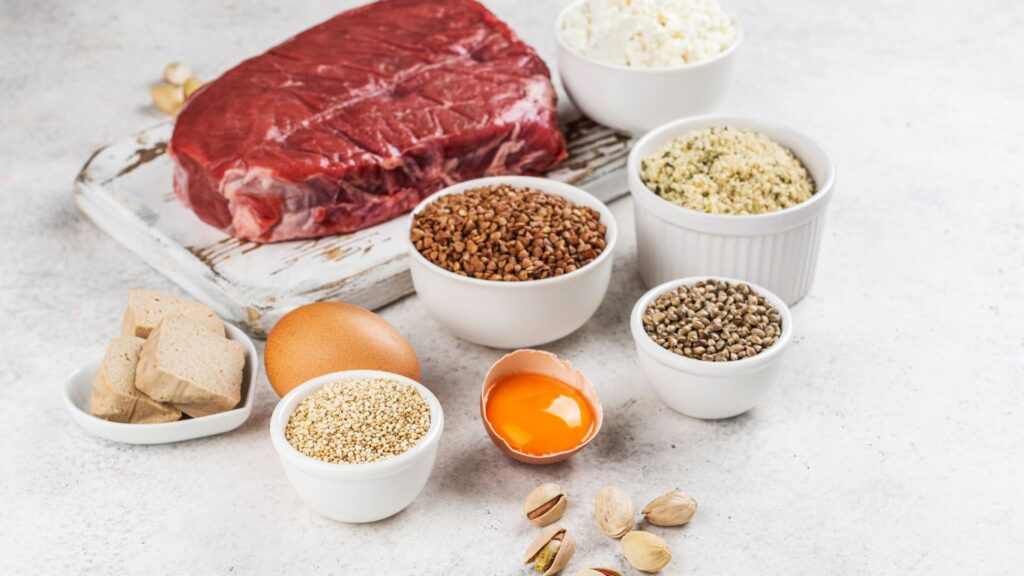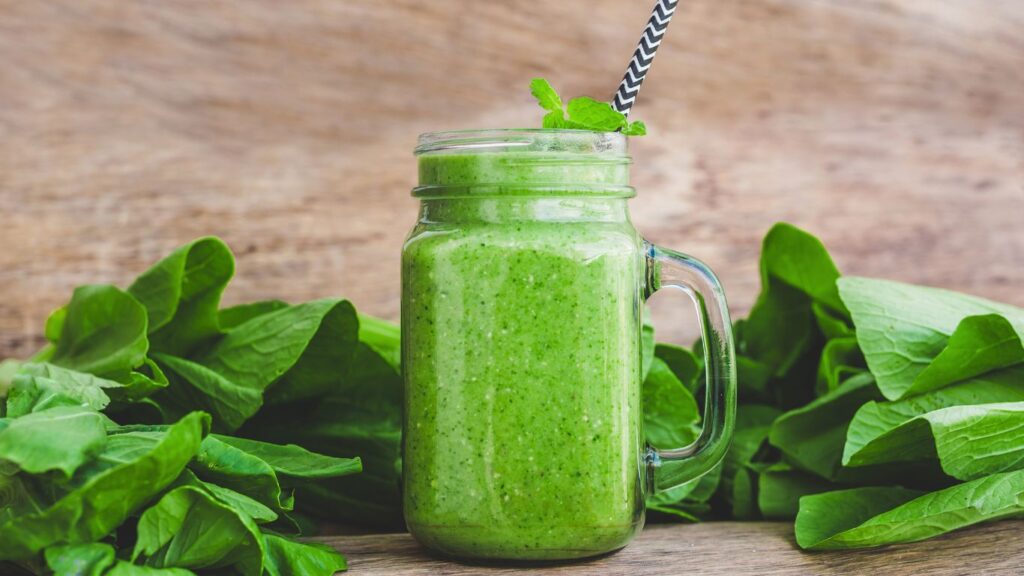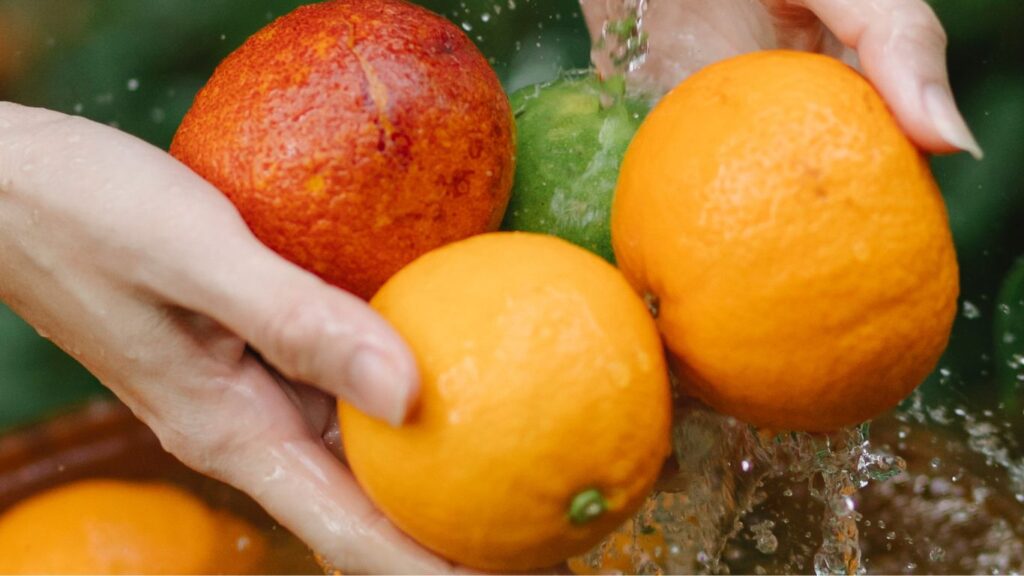Anemia is a common condition characterized by a lack of healthy red blood cells or hemoglobin, leading to fatigue, weakness, and other health issues. The most prevalent type of anemia is iron-deficiency anemia, which occurs when your body lacks sufficient iron to produce hemoglobin. While medical treatments may sometimes be necessary, adopting a diet rich in iron is one of the most natural and effective ways to combat anemia. This blog explores the best iron-rich foods, tips to improve iron absorption, and lifestyle changes to boost your overall health.
Top Iron-Rich Foods to Combat Anemia Naturally
Why Iron Matters for Anemia
Iron is a vital mineral that helps produce hemoglobin, the protein in red blood cells responsible for carrying oxygen throughout the body. Without adequate iron, your body can’t produce enough hemoglobin, resulting in anemia. Symptoms of iron deficiency anemia include:
- Fatigue and weakness
- Pale or yellowish skin
- Shortness of breath
- Dizziness or lightheadedness
- Cold hands and feet
Eating an iron-rich diet can significantly improve these symptoms and prevent anemia from recurring.
Types of Iron: Heme vs. Non-Heme

Iron in food comes in two forms:
- Heme Iron: Found in animal-based foods, heme iron is highly bioavailable and easily absorbed by the body. It is the most effective type of iron for increasing hemoglobin levels.
- Non-Heme Iron: Found in plant-based foods, non-heme iron is less easily absorbed by the body. However, pairing it with certain nutrients, like vitamin C, can enhance its absorption.
Top Iron-Rich Foods
Poultry and Fish
Chicken, turkey, and fish like salmon and tuna are excellent sources of heme iron. These options are ideal for individuals who prefer lighter protein sources than red meat.
Pro Tip: Pair your poultry or fish with a side of vegetables rich in vitamin C, such as bell peppers or broccoli, to boost iron absorption.
Shellfish
Shellfish like clams, oysters, and mussels are not only delicious but also iron-dense. For instance, 100 grams of clams can provide up to 28 mg of iron, making it an exceptional choice for combating anemia.
Pro Tip: Opt for fresh shellfish when possible and avoid overcooking to retain their nutrient content.
Legumes
Legumes, including lentils, chickpeas, black beans, and kidney beans, are a fantastic source of non-heme iron for vegetarians and vegans. A cup of cooked lentils contains about 6.6 mg of iron.
Pro Tip: Soak legumes overnight before cooking to reduce anti-nutrients like phytic acid, which can hinder iron absorption.
Leafy Green Vegetables

Spinach, kale, collard greens, and Swiss chard are nutrient-rich leafy greens that provide a good amount of non-heme iron. For example, a cup of cooked spinach offers around 6.4 mg of iron.
Pro Tip: Cook greens to reduce oxalates, which can inhibit iron absorption. Adding a squeeze of lemon juice can further enhance iron bioavailability.
Fortified Cereals and Grains
Many cereals and grains are fortified with iron, making them an easy and convenient option for boosting your intake. Look for whole-grain or low-sugar options to maintain overall health.
Pro Tip: Pair fortified cereals with a glass of orange juice for a vitamin C boost.
Nuts and Seeds
Pumpkin seeds, sesame seeds, and cashews are excellent plant-based sources of iron. For example, 28 grams of pumpkin seeds contain about 2.5 mg of iron.
Pro Tip: Snack on a mix of nuts and seeds or sprinkle them on salads and yogurt for added nutrients.
Dried Fruits
Dried fruits like apricots, raisins, and prunes are not only delicious but also packed with iron. A handful of raisins (about 1 ounce) contains roughly 0.8 mg of iron.
Pro Tip: Combine dried fruits with nuts for a quick, nutrient-dense snack.
Tofu and Tempeh
Soy-based products like tofu and tempeh are fantastic options for vegetarians and vegans. A half-cup of tofu contains around 3 mg of iron.
Pro Tip: Marinate tofu with soy sauce and citrus for added flavor and enhanced iron absorption.
Eggs
Eggs are a modest but accessible source of iron, with one large egg providing about 0.9 mg. They also contain other nutrients essential for combating anemia, such as vitamin B12.
Pro Tip: Enjoy eggs with a side of iron-rich vegetables like spinach or bell peppers for a nutrient-packed meal.
Tips to Enhance Iron Absorption
To maximize the benefits of iron-rich foods, follow these tips:

- Pair Iron with Vitamin C: Foods high in vitamin C, such as oranges, strawberries, and tomatoes, enhance the absorption of non-heme iron.
- Avoid Iron Inhibitors During Meals: Limit the intake of coffee, tea, and calcium-rich foods (like dairy) during meals, as these can hinder iron absorption.
- Cook with Cast Iron Cookware: Cooking acidic foods (like tomato sauce) in cast iron pans can increase the iron content of your meals.
- Spread Iron Intake Throughout the Day: Instead of eating a large portion at once, consume iron-rich foods at different meals to optimize absorption.
Conclusion
An iron-rich diet is one of the most effective natural remedies for combating anemia. By incorporating a mix of heme and non-heme iron sources and adopting strategies to enhance absorption, you can improve your iron levels and overall health. Whether you enjoy red meat, leafy greens, legumes, or fortified cereals, there’s a variety of delicious and nutritious options to choose from.
Also read: Debunking Fish Oil Myths: Separating Fact from Fiction
